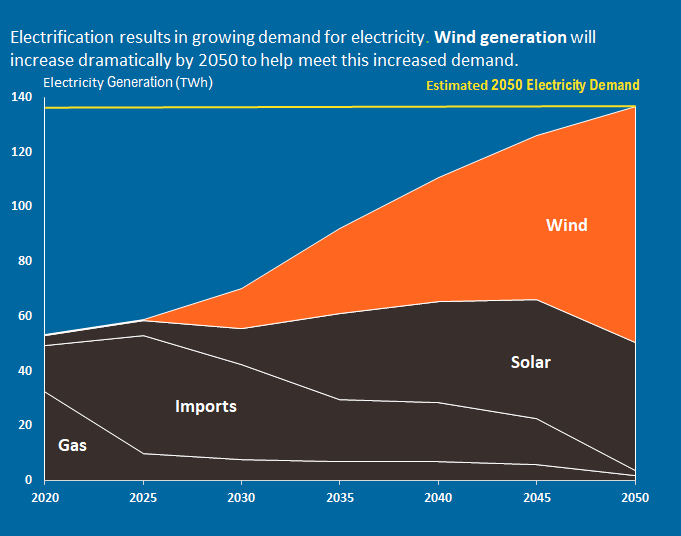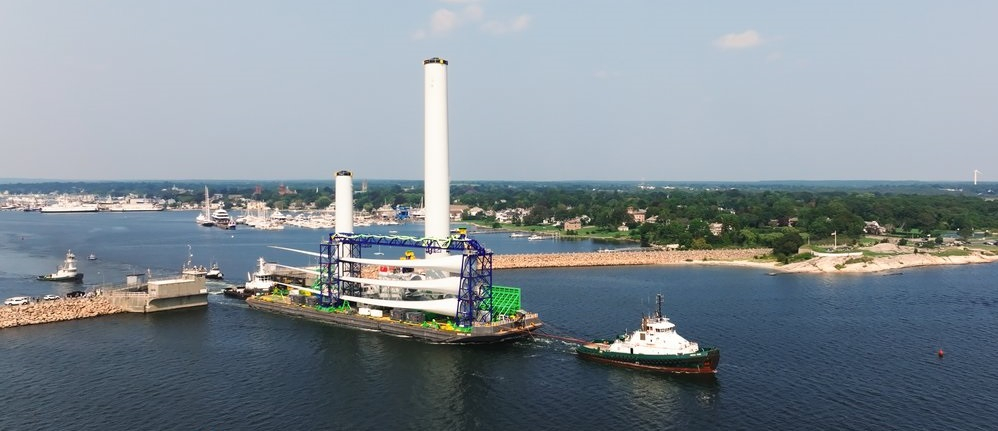MassCEC accelerates the responsible development of offshore wind projects while increasing the role of Massachusetts companies, institutions, and workers in the offshore wind industry
Our Energy Future
Offshore wind will become the largest source of clean energy for Massachusetts, making more electricity available with lower emissions.
MassCEC supports the industry with programs and funding for workforce and supply chain development, interagency planning, technology innovation, wildlife research, and strategic port investments.
Explore the links below to learn how we work.

MassCEC Offshore Wind Initiatives
- Workforce Training and Development
- Supply Chain Directory
- Supply Chain Support
- Ports and Infrastructure
- Advancing Offshore Wind Responsibly
- Wildlife Research and Monitoring
- Commercial Fishing
- Wind and Ocean Resource Data
- Transmission
- National Offshore Wind Research and Development Consortium (NOWRDC)
- MassCEC Funding
- Power-US MA
- Windstar
- Ocean Innovation Network
- Wind Technology Testing Center
- New Bedford Marine Commerce Terminal
- Salem Offshore Wind Terminal
Current Opportunities
2030 Fund
This $50 million evergreen fund makes counter‑cyclical equity or venture‑debt investments—typically ~$500 k, up to $1.5 million—in early‑stage Massachusetts climatetech startups, helping them de‑risk technology, hit first‑customer milestones and crowd in follow‑on capital.
Clean Energy Internship Program
An award-winning initiative that facilitates paid internships for college students and recent graduates at Massachusetts clean energy companies. MassCEC reimburses employers for intern wages, making it cost-effective to bring on additional talent while helping develop the future clean energy workforce.
Recent Opportunities
Request for Proposals: Bulkhead Replacement at New Bedford Marine Commerce Terminal
Demolition and marine infrastructure construction project in preparation for terminal expansion.
Offshore Wind Works - Workforce Training & Development Grants
MassCEC grants that fund workforce training programs, infrastructure upgrades, and capacity building initiatives to develop a qualified Massachusetts workforce for planning, building, operating, and maintaining offshore wind projects, while supporting training providers, academic institutions, and community organizations with a focus on diversity, equity, inclusion, and justice in the growing offshore wind industry.
Request for Proposals: NBMCT Phase III Warehouse Renovation
Scope of work includes building renovations including demolition, repairs, rehabilitation improvements, fire protection systems, electrical, plumbing, HVAC systems, office buildout and exterior building envelope improvements.
Request for Proposals: Ocean Innovation Network
Funding is available to grow Massachusetts’ ocean tech ecosystem, supporting test facilities, co-working spaces, and commercialization services.
Request for Proposals: Offshore Wind Works - Business Ready Pilot
This pilot helps small businesses prepare to enter the offshore wind supply chain through tailored coaching and support services.
Where are the Offshore Wind Projects?

Offshore wind development is proceeding in federal waters under leases issued by the U.S. Bureau of Ocean Energy Management. The current southern New England project areas can support more than 14 GW of offshore wind generating capacity. Projects in the southern New England project areas will serve electricity needs in Massachusetts, Rhode Island, Connecticut, and New York. With water depths ranging from 40 to 60 meters (131 to 197 feet), the wind turbines for these projects use foundations that are attached to the seabed.
The level of demand for offshore wind in the region is expected to far exceed the capacity of the southern New England lease areas. With this in mind, the Bureau of Ocean Energy Management launched a task force in 2019 to establish offshore wind lease areas in the Gulf of Maine (orange area, above). MassCEC and the Office of Coastal Zone Management are engaged in this process.
